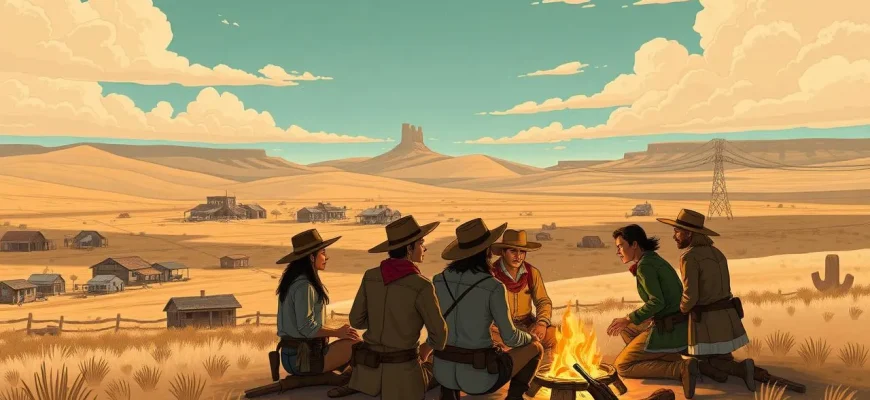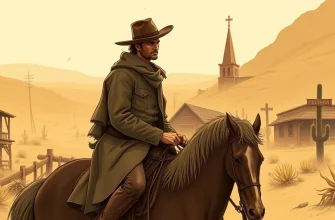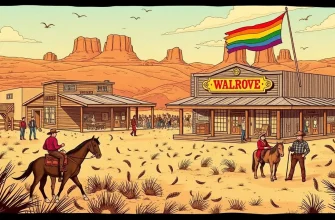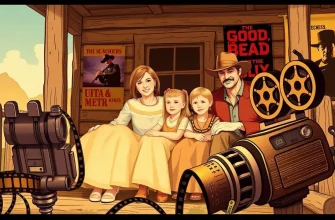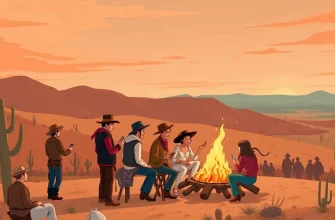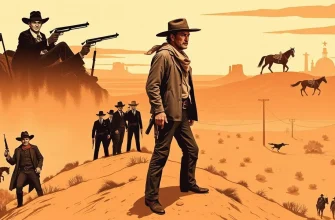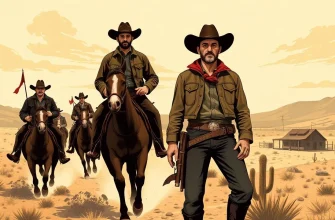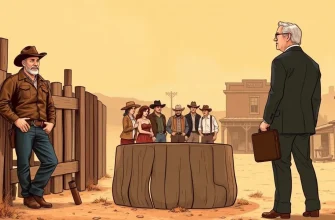- Vera Cruz (1954)
- The Magnificent Seven (1960)
- The Wild Bunch (1969)
- The Ballad of Cable Hogue (1970)
- Pat Garrett and Billy the Kid (1973)
- The Missouri Breaks (1976)
- The Outlaw Josey Wales (1976)
- The Assassination of Jesse James by the Coward Robert Ford (2007)
- The Professionals (1966)
- The Great Northfield Minnesota Raid (1972)
The Western genre has long been a fertile ground for exploring themes of revolution, resistance, and the fight for justice. These films not only entertain with their action-packed sequences and rugged landscapes but also delve into the complexities of societal change, making them valuable for understanding historical and cultural shifts. This curated list offers a journey through time, showcasing how the spirit of revolution has been portrayed in the cinematic West.
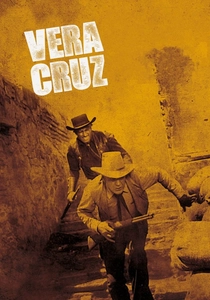
Vera Cruz (1954)
Description: Set during the Mexican Revolution, this film follows two American adventurers who get entangled in the revolutionary cause, showcasing the clash of cultures and ideals.
Fact: Burt Lancaster and Gary Cooper, both major stars, had a real-life feud during the filming, which added authenticity to their on-screen rivalry.
 Watch Now
Watch Now

The Magnificent Seven (1960)
Description: Although not directly about revolution, this film's story of villagers hiring gunfighters to protect them from bandits echoes themes of resistance and community uprising.
Fact: The film was inspired by Akira Kurosawa's "Seven Samurai," adapting the story to a Western setting. It has since inspired numerous remakes and sequels.
 Watch Now
Watch Now
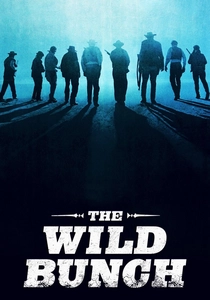
The Wild Bunch (1969)
Description: This film captures the essence of a group of aging outlaws who, facing the end of their era, decide to go out with a revolutionary bang, challenging the new order.
Fact: Sam Peckinpah's direction was groundbreaking for its time, with its portrayal of violence and moral ambiguity. The film's ending is one of the most famous in cinema history.
 Watch Now
Watch Now
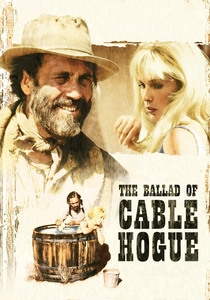
The Ballad of Cable Hogue (1970)
Description: While not a traditional revolution film, it explores themes of personal revolution and the transformation of the West through the story of a man who strikes water in the desert.
Fact: Sam Peckinpah directed this film as a lighter, more comedic contrast to his usual violent themes. It's known for its unique blend of humor and pathos.
 Watch Now
Watch Now
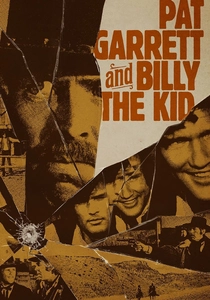
Pat Garrett and Billy the Kid (1973)
Description: This film explores the complex relationship between two friends turned enemies during the Lincoln County War, a pivotal event in the American West's history of revolution.
Fact: Bob Dylan not only contributed to the soundtrack but also had a small role in the film. The movie was initially a box office disappointment but has since gained cult status.
 Watch Now
Watch Now
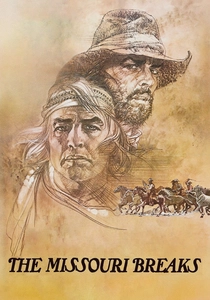
The Missouri Breaks (1976)
Description: Set against the backdrop of the Montana Territory, this film explores the clash between a horse thief and a ruthless regulator, reflecting the broader societal changes of the time.
Fact: The film was the only collaboration between Marlon Brando and Jack Nicholson, two acting giants of their era.
 Watch Now
Watch Now
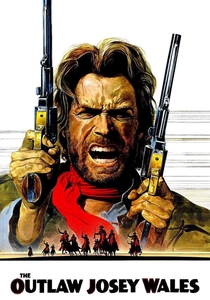
The Outlaw Josey Wales (1976)
Description: After losing his family, Josey Wales becomes an outlaw, joining forces with others to fight against the Union forces, embodying the spirit of resistance.
Fact: Clint Eastwood not only starred but also directed this film, marking a significant point in his career transition from actor to director.
 Watch Now
Watch Now

The Assassination of Jesse James by the Coward Robert Ford (2007)
Description: This film delves into the myth and reality of Jesse James, a figure often romanticized as a revolutionary, exploring themes of betrayal and the end of an era.
Fact: The film's title is taken from a 1902 book by the same name, and it was critically acclaimed for its cinematography and performances.
 Watch Now
Watch Now
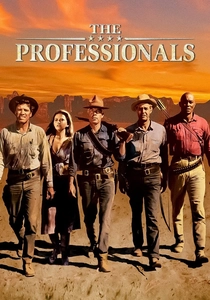
The Professionals (1966)
Description: A group of mercenaries are hired to rescue a revolutionary leader's wife, but their mission turns into a deeper involvement in the Mexican Revolution.
Fact: The film was shot on location in Mexico, adding to its authenticity. It was also one of the first films to feature a diverse cast in leading roles.
 Watch Now
Watch Now

The Great Northfield Minnesota Raid (1972)
Description: This film recounts the James-Younger Gang's attempt to rob a bank in Northfield, Minnesota, which can be seen as a small-scale revolution against the banking system.
Fact: The film was shot on location in Northfield, providing an authentic backdrop to the historical event.
 30 Days Free
30 Days Free

